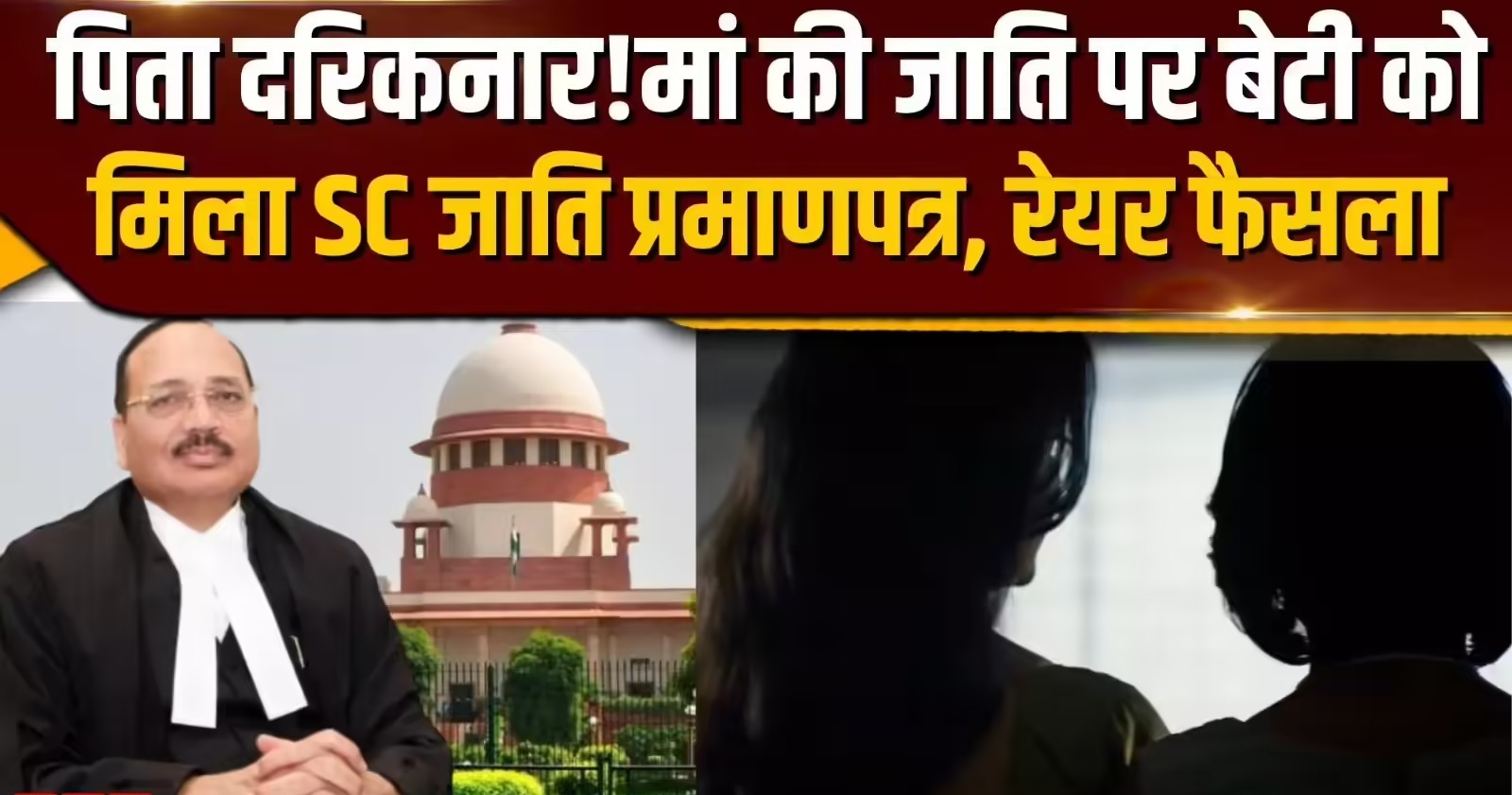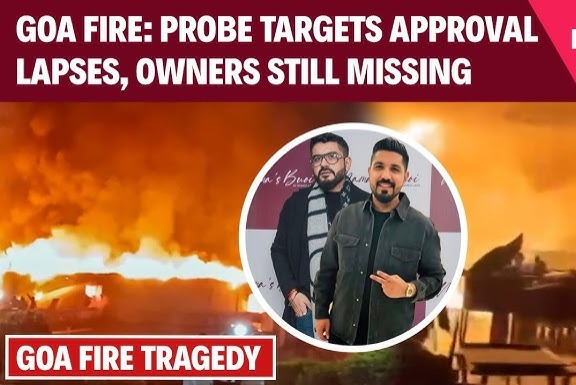@JUDGMENTTAG-ORDER
1. Leave granted.
2. In these appeals the appellants were initially convicted by the trial court along with certain other accused for the offence under Section 302 read with Section 34 besides Section 148 of the Indian Penal Code. Altogether fourteen accused persons were charge-sheeted by the police and the trial court convicted all those fourteen as per its judgment for the aforesaid offences. While awarding sentence the trial court chose the extreme penalty of death as for first accused Anand Mandal, third accused Sanyasi, fifth accused Nemai and seventh accused Ram Krishna. The Sessions Judge submitted the proceeding for confirmation before the High Court while all the convicted persons preferred appeals in challenge of the conviction and sentence imposed on them.
3. The High Court confirmed the conviction under Section 302 read with Section 34 and the offence under Section 148 is against four persons who are A-l Anand Mandal, A-3 Sanyasi, A-5 Nemai and A-7 Ram Krishna. However, the Division Bench of the High Court reduced the sentence from the extreme penalty to the other alternative as for A-l Anand Mandal and A- 3 Sanyasi, while confirming the extreme penalty as for A-5 Nemai and A-7 Ram Krishna. The High Court acquitted A-8 Adhir Mandal, A-11 Babu Kabiraj and A-13 Gaurang Pramanik of all offences, while the remaining accused were convicted only under Section 143 IPC and sentenced each of them to undergo simple imprisonment for a period of three years and a fine of Rs 2000. All the aforesaid convicted persons have filed these appeals and therefore we heard all the appeals together. The two accused who were sentenced to death have filed these appeals from jail.
4. Two persons were murdered in the occurrence which happened at about 10.00 a.m. on 22-1-1989 at the fish market near bus-stand Abhay Nagar (Nadia District in West Bengal). The two persons murdered were Muktesh and his brother Naresh. A brief description of the occurrence is the following: The two deceased were taking tea at a tea shop situated at the bus-stand of Abhay Nagar during morning. Abruptly some of the assailants who reached there started firing at the two deceased. As they were taken aback by the blitz they made a bid to escape by running away shouting, but at that stage the remaining accused emerged from a near place and some of them fired at the deceased, while the others used lethal weapons for inflicting blows on them. Ultimately both the deceased died at the spot itself. Some persons among the accused threw bombs which exploded. It created shock waves of terror. It is further alleged that accused Nemai and accused Ram Krishna went near the deceased, and not being satisfied with the death of the deceased they chopped off the limbs of deceased Muktesh and hurled them off and made an orgy therewith.
5. The trial court and the High Court considered the evidence of the eyewitnesses and found that the four accused whose conviction under Section 302 read with Section 34 has been confirmed have participated in the crime and shared the common intention of murdering the deceased. We are not disposed to disturb the aforesaid conviction of the four accused passed under Section 302 read with Section 34 IPC. In fairness we must point out that Shri S.B. Sanyal, learned Senior Counsel who argued for those accused submitted that it would be extremely difficult for him to canvass for acquittal of those four accused in view of the concurrent findings on fact adequately supported by reliable materials in this case.
6. We appointed Ms Ranjana Narayan as amicus curiae to assist the Court regarding the capital sentence imposed on the fifth accused Neemai and the seventh accused Ram Krishna. Learned counsel confined her arguments to that point and had presented the facts which are materially necessary for that purpose and we expressed our gratitude to her.
7. Shri Sanyal also made a forceful bid to persuade us to reduce the capital sentence to the lesser alternative for A-4 Nemai and A-7 Ram Krishna. Shri Puri, learned counsel for the respondent State argued in support of the imposition of capital sentence. We would therefore consider that aspect first.
8. The reasons given by the High Court for awarding capital punishment as for the aforesaid two accused are the following:
"WE have seen that it is a case of double murder. The murders were committed in a crowded market place at a bus-stand in open daylight in the morning. It is not difficult to understand that there must have been premeditated preparation earlier for committing the offence on that day at that place and at that time as is indicated by the fact that a number of accused persons being armed with lethal weapons were lurking at that place like savage and cruel hyenas waiting for launching a mortal attack on their unsuspecting prey and then suddenly pounced upon them in a concerted way with grim ferocity when the victims were totally unaware of the impending tragedy that was going to befall them. There was no altercation, no immediate provocation. Double murder is itself a horrifying fact. If a murder is bad, a double murder is bad enough in an aggravated form. Indeed cruelty is implicit in every murder. The postmortem doctor''s evidence, as we have seen, clearly indicates that in both the cases, it was not murder simpliciter. It was ruthless butchery with an aggravated form of cruelty. In one case the doctor found as many as ten injuries and in the other eleven. Serious cut injuries were found on the vital parts of the victims such as the face, head, neck chest in addition to bullet injuries. The medical evidence lends credence to the ocular evidence that the culprits delivered repeated and indiscriminate blows to the victims on vital parts with dangerous sharp-cutting weapon which ramdeo is. That the injuries are brutal in nature has been acknowledged by the post-mortem doctor also. We have also seen how the hand of a victim was chopped off by an accused, namely, Ram Krishna and the cut portion of the hand was picked up by the accused and thrown away as if it was a revelry, a sport, a game and not mere murder. We do not know what further aggravated and depraved form of murder one can imagine in a civilised society. Literally speaking, hell was let loose by some bloodthirsty devils who were human beings in structure but monsters in disposition. There is also a qualitative difference between a murder committed in secrecy or concealment and a murder committed in a crowded market place in broad daylight defying the presence of a host of peace-loving viewers. A crowded place or presence of a considerable number of persons itself offers a notional yet effective barrier of safety against high crimes for those who are present there because it is supposed that the criminals will not dare to attempt high crimes in such a situation firstly because they know that they are likely to be resisted and even apprehended by the persons present there and secondly because there will be many witnesses to their misdeeds thereby exposing them to the process of law more readily and easily. Commission of murder or for that matter double murder in such a situation and that too in such an extremely brutal and diabolical manner as has been done in the present case is not only murder of two unarmed and helpless victims but it has also the direct and desperate effect of maiming the collective safety mechanism of the community system of existence in a civilised society. This is a symptom which aggravates the enormity of the crime, and the tottering society at large needs adequate protection and reassurance. The aggravating circumstances are thus galore in this case. Of course the motive of the crime has not been proved, but absence of proved motive is of no consequence where, as here, the enormity of the crime with elaborate details has been established beyond reasonable doubt by evidence. As regards mitigating circumstances we may say that there exist none. But even then with a view to keeping death sentence limited to a minimum number in a case as far as possible, we think that the cause of justice in this case will be served by awarding sentence of life imprisonment to the accused Anand and the accused Sanyasi in view of the fact that they only fired from their firearms in committing the offence, while death sentence will be the only proper and adequate sentence for the other two accused, namely, Ram Krishna and Nemai who ruthlessly butchered the two victims by merciless and repeated thrusts of ramdeo in a devilish way, and Ram Krishna not only chopped off a portion of the hand of the victim but also revelled in picking up the severed portion of the hand and throwing away the same and their case comes within the ambit of ''rarest of rare cases."
9. Learned Senior Counsel and Smt. Ranjana Narayan, learned counsel appointed as amicus curiae pointed out certain other aspects of the case. First is that the murders of the deceased were committed in retaliation of some previous episodes. They pointed out that the two deceased belonged to one political party and the accused belonged to a rival political party and therefore they submitted that the political rivalry could not be ruled out altogether as for this incident. Another feature pointed out is that a few days prior to this occurrence, one Tarun Chakravarty and one Anchal Sadashah were murdered and in respect of the said murder case the two deceased were arrayed as accused. On the strength of the said material learned counsel pointed out that the occurrence in this case could be the result of the retaliatory resolve taken by the accused. A third feature highlighted by the learned counsel is that one of the prosecution witnesses admitted about the criminal antecedents of the deceased, even apart from the murders of Tarun Chakravarty and Anchal Sadashah. Lastly, learned counsel pointed out that the fifth accused Nemai was aged only 18 when the occurrence took place.
10. With the help of those features, learned counsel submitted that this incident cannot be treated as rarest of the rare cases sequestered by the Constitution Bench of this Court in Bachan Singh case for choosing the extreme penalty of death.
11. Learned counsel also invited our attention to the three-Judge Bench decision of this Court in Panchhi v. State of U.P. and another two-Judge Bench decision of this Court in Om Prakash v. State of Haryana besides a decision rendered by this very same Bench which is reported in Manohar Lal v. State (NCT of Delhi). Those decisions were cited to persuade us that the degree of brutality surrounding the occurrence may not by itself be regarded as sufficient to push the culprits into the farthest circle of "rarest of rare cases" couched by the Constitution Bench in Bachan Singh case.
12. In consideration of all the above broad aspects of the case we too feel that the submissions of learned counsel relating to the alteration of sentence of extreme penalty to the alternative option can be favourably responded. We, therefore, alter the sentence as for A-5 Nemai and A-1 Ram Krishna from death to imprisonment for life.
13. Learned counsel lastly submitted that the seven accused who were convicted only under Section 148 IPC have already completed more than one-year period of imprisonment. Hence he pleaded for reducing the sentence to the period which they have already undergone. In the circumstances of the case we do not think that the sentence awarded to them (simple imprisonment for a period of three years) needs any interference.
14. Accordingly appeals are disposed of.

